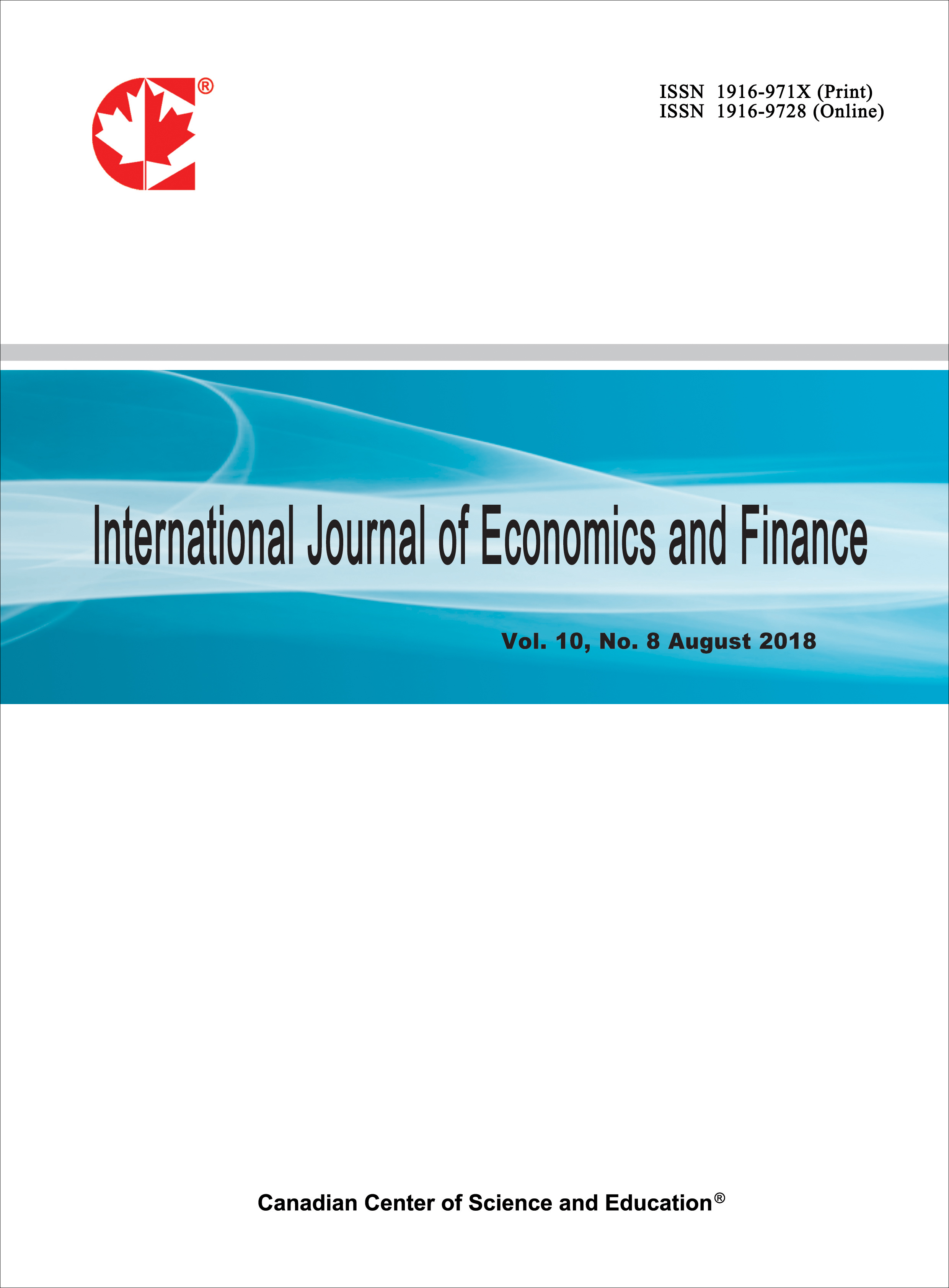Reassessing the Role of Institutional Quality in Explaining Capital Inflows from 2000 to 2020
- Fatimah M. Alshamry
Abstract
International capital does not move from rich to poor countries, a fact that has challenged economists for years because this contradicts the neoclassical theoretical assumption that capital is expected to flow from rich to poor countries. In real life, capital inflows to rich countries are higher than capital inflows to poor countries. Researchers found that institutional quality was the main explanation for capital movements from 1970 to 2000. However, no studies have investigated the 2000-2020 period, which spans two decades and includes a major event in the financial markets, the 2008 financial crisis, which could have altered capital inflows. This study thus reexamines the role of institutional quality in explaining foreign capital inflows from 2000 to 2020 using ordinary least squares regression. The results indicate that institutional quality has a positive and significant impact on international capital inflows. Even after two instrumental variable regressions are implemented using the European mortality rate and ultraviolet radiation rate as instruments, institutional quality remains positive and highly significant at the 1% level.
- Full Text:
 PDF
PDF
- DOI:10.5539/ijef.v17n5p50
Journal Metrics
Index
- Academic Journals Database
- ACNP
- ANVUR (Italian National Agency for the Evaluation of Universities and Research Institutes)
- Berkeley Library
- CNKI Scholar
- COPAC
- Copyright Clearance Center
- Directory of Research Journals Indexing
- DTU Library
- EBSCOhost
- EconBiz
- EconPapers
- Elektronische Zeitschriftenbibliothek (EZB)
- EuroPub Database
- Genamics JournalSeek
- GETIT@YALE (Yale University Library)
- Harvard Library
- Harvard Library E-Journals
- IBZ Online
- IDEAS
- JournalTOCs
- LOCKSS
- MIAR
- NewJour
- Norwegian Centre for Research Data (NSD)
- Open J-Gate
- PKP Open Archives Harvester
- Publons
- RePEc
- ROAD
- Scilit
- SHERPA/RoMEO
- SocioRePEc
- Standard Periodical Directory
- Technische Informationsbibliothek (TIB)
- The Keepers Registry
- UCR Library
- Ulrich's
- Universe Digital Library
- UoS Library
- ZBW-German National Library of Economics
- Zeitschriften Daten Bank (ZDB)
Contact
- Michael ZhangEditorial Assistant
- ijef@ccsenet.org
